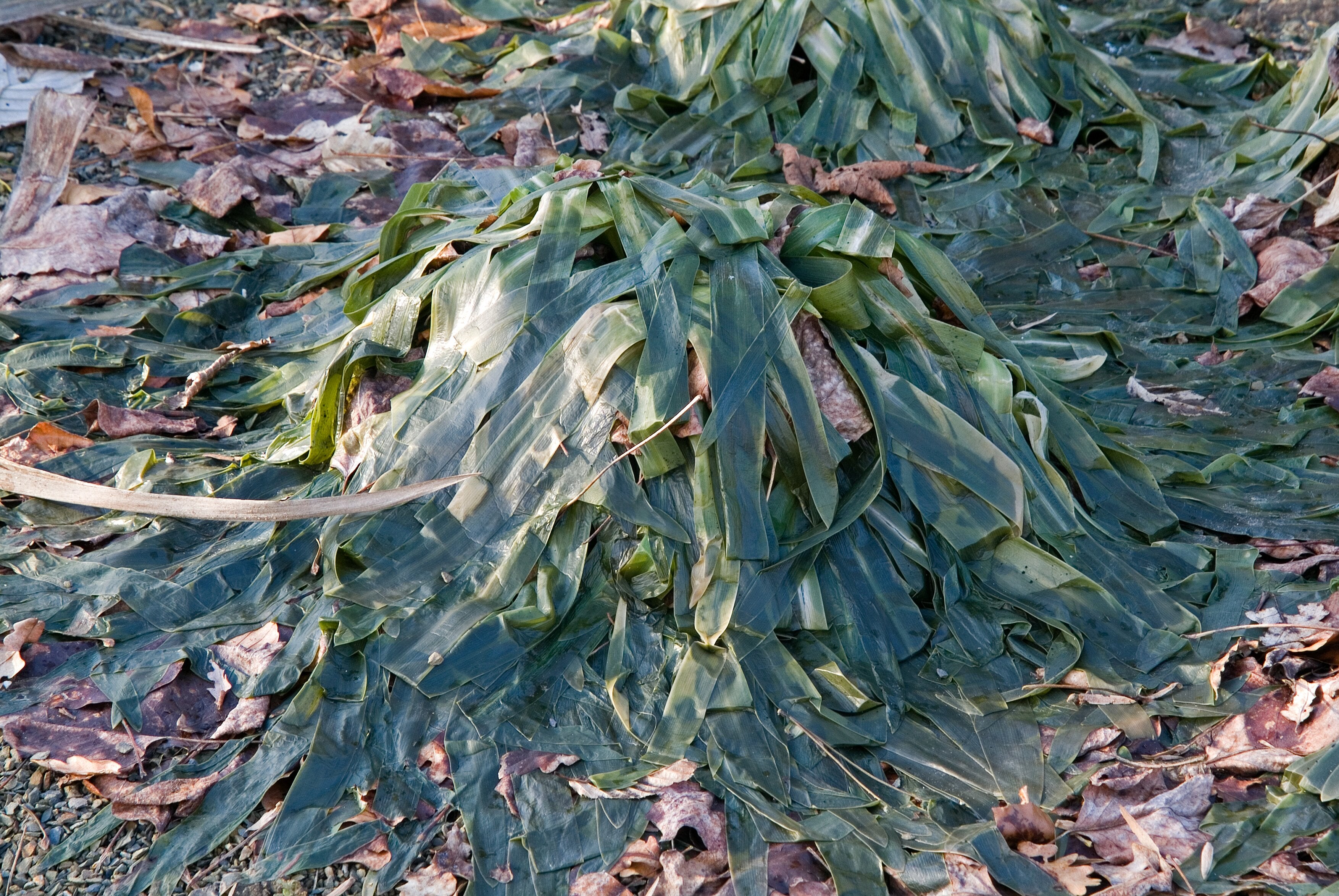Despite climate change bringing warmer winters, the peril of hard frosts continues to pose a significant threat to vulnerable plants.
As autumn gives way to winter, tender specimens left outdoors can quickly succumb to frost damage, often resulting in an irreparable, soggy demise.
Jonathan Webster, curator at RHS Garden Rosemoor in Devon, highlights that sudden weather extremes – such as a particularly warm summer followed by an abrupt cold snap – can lead to the loss of shrubs and other plants that have previously thrived for years.
He further notes that many plants typically considered hardy may also perish if they have not had adequate time to harden off.
“If they haven’t have time to get used to that cold and shut down, it can cause them more damage. Even hardy plants could have damage to the newer foliage on the tips of the plants.”

“We live in a frost pocket here, as Rosemoor sits in a valley and I remember one year when we had a really warm summer and then a really cold spell in early December.
“One week it was about 12 degrees, and then the next it dropped to minus nine and we had lots of plants you would consider hardy-ish – but because they hadn’t hardened off for winter and hadn’t had that slower transition from warm to cold, we lost some.
“We had 10-year-old pittosporums (evergreen shrubs), which come from New Zealand, and they literally all just died.”
Signs of damage

“If it’s a dahlia or a herbaceous plant, or what we call a tender perennial, those softer plants go black or floppy and the tips start to collapse,” says Webster.
“They’ve lost that lovely structure they have and are degrading, starting to break from the top down.”
How can you tell if a plant is really dead?
Be patient, says Webster. “It’s always worth giving them the benefit of the doubt. If it’s a shrub, if it’s evergreen, technically they do reshoot from older wood, so wait until spring for signs of life.
“If it’s really dead, it doesn’t come back in spring. If you do a little scratch on the stems you should see a vibrant green under that layer, but if it’s gone quite pale then basically there is no life in that plant.”
What to do with dahlias
“Dahlias will keep flowering until the really hard frost. They are soft growers, full of water, so as soon as they’ve had a hard frost they start collapsing from the top and turn black.
“That’s the time to take action – you either lift them or cut them back and protect the tubers.”
If you leave the tubers in the ground, cover the crowns with a thick layer of free-draining organic mulch, such as straw, chopped stems or bark chipping. If they become too wet they will rot, so you’re mainly guarding against that.
If you are lifting them, shake off as much soil as possible, cut down the stems and hang them upside down to dry.
When they have dried, put them in a box or pot and cover them with dry compost or wrap them in newspaper and store them in a frost free place such as a dry shed.
How to save bedding geraniums (pelargoniums)
Move them before the first frosts, transferring them to smaller pots and removing damaged leaves and flowers, cutting them back by about a third, and place them in a light, frost free place like a conservatory.
You can water them a little during the winter, but leave leave any feeding until spring. And don’t put them back outside until all chances of frost have passed, which may be around May.
Saving cannas
These have a tubers like dahlias, Webster explains, which can be lifted and stored similarly.
“If you have a decent draining soil or you live in the south east, you can leave them in all year round. But otherwise they tend to suffer,” he explains.
Other tender plants which may need protecting include some salvias, which come from South America and are used widely as bedding plants, he says.
If you have a garden with a bit of shelter or you planted them against a warm wall or south-facing aspect they should be fine, but if not you should take cuttings and overwinter them in a greenhouse or conservatory to plant out next year, he recommends.
Will hardier plants recover?
They should do, if they have a little bit of frost damage on the tips of the leaves, he says.
“Younger plants which have not long been planted are going to be more susceptible but plants which have been established for a long time and are well rooted should be tougher.”
What to do with frost-damaged hardy plants
“Tidy gardeners might snip off the damaged leaves to make a plant look better, but I’d leave it until the spring because if the outer layer on a hardy plant is damaged and you get more cold weather, that outer layer is protecting what’s beneath.
“Leave it till you see the plant come to life again with new growth in March or early April.”
How to minimise risk of frost damage
“Look at what’s tender and bring it indoors,” he advises. “Lift dahlias once they are hit hard.
“It’s about right plant right place. If the plant is a bit tender, give it some shelter just by a wall, especially if the wall can provide extra heat as well.
“If you’ve planted something new, evergreens can suffer from winter cold winds, which take the moisture out of the leaves. You could put a little shelter around them, some canes and some fleece, just to keep the wind off and create a little microclimate.”
If you have less hardy plants in your border which you cannot lift or bring indoors, keep the top growth on which helps to protect them, and give them a protective mulch.
You could also cover them with horticultural fleece if a really cold snap is forecast.



